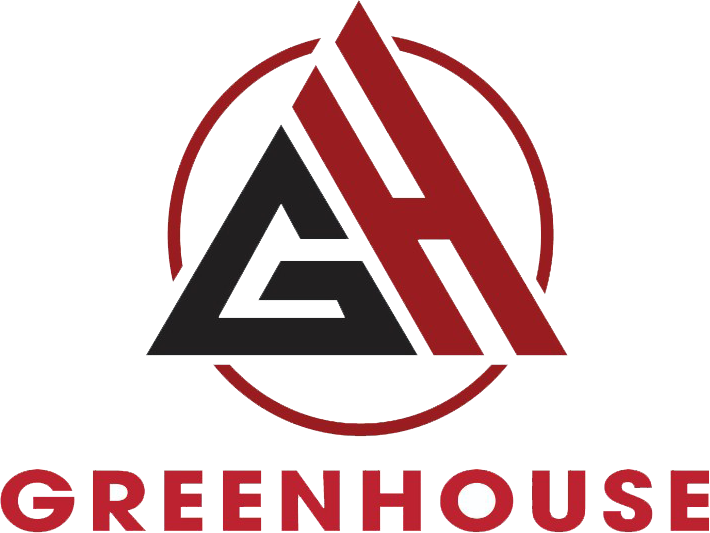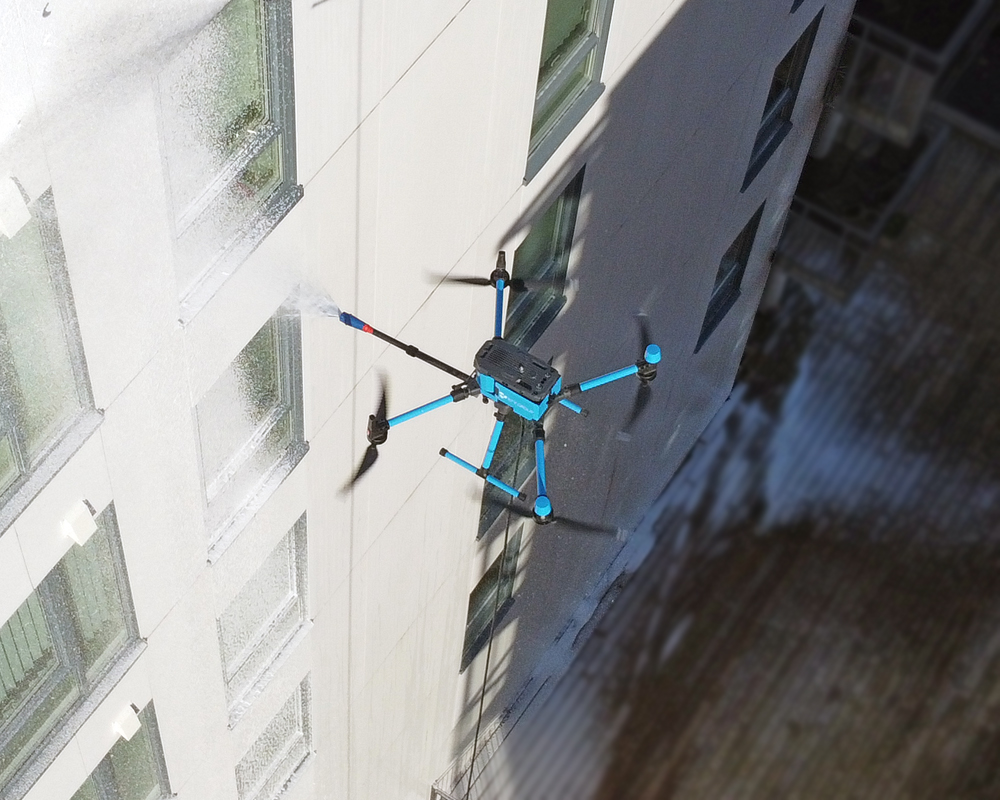In recent years, technological advancements have dramatically transformed the way we approach everyday tasks. Among these innovations, Drone Cleaning has emerged as a groundbreaking solution for maintaining and beautifying our urban environments. By leveraging unmanned aerial vehicles (UAVs), industries now access efficient, autonomous, and cost-effective methods to clean hard-to-reach surfaces that were once impossible or dangerous to maintain manually. As cities grow denser and the demand for sustainable practices increases, drone-based cleaning services are poised to revolutionize the way we care for our buildings and infrastructure.
This article will explore the multifaceted applications of Drone Cleaning, including facade cleaning, window cleaning, and solar panel maintenance. Each section delves into the technical aspects, benefits, challenges, and future prospects of employing drones in these domains. Whether you’re a building manager, environmental advocate, or technology enthusiast, understanding how drones can elevate cleanliness standards is essential for shaping smarter, safer, and greener cities.
Drone Cleaning
The concept of Drone Cleaning encapsulates the utilization of autonomous aerial robots equipped with cleaning tools to perform tasks traditionally carried out by human labor or specialized machinery. These drones are revolutionizing various sectors by offering precise, rapid, and safe cleaning solutions, especially over large or complex surfaces.
Evolution of Drone Cleaning Technology
The journey toward modern Drone Cleaning solutions began with basic remote-controlled devices designed for inspection purposes. Over time, advancements in robotics, AI, and sensor technology facilitated the development of drones capable of performing intricate cleaning tasks autonomously. Innovations such as high-resolution cameras, spray nozzles, water jets, scrubbing brushes, and ultrasonic cleaners have been integrated into drone systems to enhance their effectiveness.
Recent breakthroughs have seen the advent of multi-functional drones that combine cleaning with inspections, diagnostics, and data collection. For example, drones equipped with thermal sensors can identify areas with dirt accumulation or structural weaknesses, enabling targeted cleaning efforts. Moreover, energy-efficient batteries and lightweight materials have extended operational times, making drone cleaning more practical for larger structures.
Benefits of Implementing Drone Cleaning
Embracing drone technology provides numerous advantages:
- Safety: Drones eliminate the need for human climbers or scaffolding, significantly reducing accidents and health hazards on high-rise or hazardous surfaces.
- Cost-Effectiveness: Automated operations decrease labor costs and minimize downtime, resulting in economic savings for businesses and municipalities.
- Accessibility: Drones can reach difficult or dangerous locations inaccessible to traditional cleaning methods—such as tall facades, bridges, or wind turbines—without additional risk.
- Efficiency: Drones can cover vast areas swiftly, ensuring thorough cleaning within shorter timeframes while consuming fewer resources.
- Environmental Impact: Reduced reliance on water-intensive or chemical-heavy cleaning processes diminishes ecological footprints.
Challenges and Future Outlook
Despite promising potential, drone cleaning faces hurdles such as regulatory restrictions, limited battery life, payload capacity constraints, and the need for specialized programming. Ensuring safety protocols, privacy considerations, and interoperability with existing infrastructure is vital for widespread adoption.
Looking ahead, integration of AI and machine learning will enable drones to operate with higher autonomy, adapt to different surfaces, and optimize cleaning paths. The development of swarms—multiple coordinated drones working together—could further accelerate large-scale cleaning projects.
Reference: Professional factory cleaning service
Facade Cleaning
Building facades are among the most visible and aesthetically significant elements of architectural design. Over time, facades accumulate dirt, grime, pollutants, and biological growth, adversely affecting their appearance and structural integrity. Traditional cleaning methods often involve scaffolding, cherry pickers, or rope access techniques, which can be costly, time-consuming, and pose safety risks. Drone Cleaning offers an innovative alternative that promises safer, faster, and more environmentally friendly facade maintenance.
The Significance of Clean Facades
Facade cleanliness directly impacts urban aesthetics and property value. Additionally, dirt and pollutants can corrode materials, promote mold growth, and reduce insulation efficiency. Regular cleaning extends the lifespan of building materials and maintains compliance with aesthetic standards and environmental regulations.
Drones are particularly suited for facade cleaning because of their ability to navigate complex geometries and delicate surfaces without physical contact that could cause damage. Their precision and programmability allow for meticulous cleaning even on irregular and challenging surfaces like glass, stone, metal, or composite panels.
Techniques and Technologies in Facade Cleaning
Spray and Wash Systems
Many drone models incorporate spray nozzles that can deliver water, detergents, or eco-friendly cleaning agents. Using pressurized nozzles, drones can remove surface dirt, pollutants, and biological contaminants efficiently. Some systems employ rotating brushes attached to drone arms to scrub stubborn stains, combining mechanical action with chemical cleaning.
Ultrasonic and Laser Cleaning
Emerging technologies include ultrasonic cleaning, where high-frequency sound waves dislodge dirt from surfaces without chemicals, and laser cleaning that precisely ablates contaminants without harming underlying materials. Integrating these with drones opens new avenues for gentle yet effective facade maintenance.
Data Collection and Inspection
Pre- and post-cleaning inspections via high-resolution imaging ensure quality control. Drones equipped with multispectral imaging can identify hidden damages or areas needing special attention, facilitating targeted cleaning interventions.
Safety, Regulation, and Practical Considerations
Deploying drones for facade cleaning requires adherence to strict safety protocols and aviation regulations. Urban environments with dense populations necessitate collision avoidance systems, geofencing, and real-time monitoring. Weather conditions such as wind, rain, or fog can limit drone operation, demanding adaptive scheduling.
Furthermore, scalability remains a challenge; large-scale cleaning may involve deploying multiple drones in coordinated swarms, which demands sophisticated algorithms and communication networks. Nonetheless, ongoing research and pilot projects demonstrate the feasibility and benefits of integrating Drone Cleaning into regular building maintenance routines.
Case Studies and Success Stories
Several pioneering companies worldwide have showcased impressive results using drone facade cleaning. For instance, in Dubai, innovative drone fleets are being tested to clean skyscrapers rapidly without disruptive scaffolding. Similarly, European cities are exploring drone-based cleaning for historic structures to preserve cultural heritage with minimal impact.
Window Cleaning
Window cleaning is a routine yet labor-intensive task, especially for high-rise buildings and skyscrapers. Traditionally performed via scaffolds, suspension platforms, or rope access, these methods carry inherent risks and logistical challenges. Drone Cleaning introduces a paradigm shift by enabling autonomous, safe, and efficient window washing, transforming urban skylines.
Advantages of Drone-Based Window Cleaning
The use of drones in window cleaning offers several distinct benefits:
- Enhanced Safety: Eliminates the need for workers to operate at dangerous heights or in unstable positions.
- Speed and Efficiency: Drones can quickly navigate across multiple windows and façades, reducing turnaround times.
- Cost Savings: Reduced labor and equipment costs lead to long-term financial benefits.
- Accessibility: Drones can reach difficult or awkwardly positioned windows, including those on irregular or historic buildings sensitive to physical contact.
Technical Aspects of Drone Window Cleaning
Equipment and Attachments
Modern drone window cleaners are equipped with specialized tools such as microfiber cloths, squeegees, spray nozzles, and water tanks. Some systems utilize telescopic arms or extendable modules allowing them to clean windows from a safe distance. Others are designed with suction cups or magnetic attachments for secure positioning.
Autonomous Navigation and Precision Control
Advanced GPS-guided algorithms enable drones to follow pre-programmed routes with high precision. Computer vision systems help detect window edges, obstacles, and surface irregularities, ensuring thorough coverage without collisions or missed spots.
Water Recycling and Eco-Friendly Solutions
Innovative systems incorporate water recycling mechanisms, minimizing waste and environmental impact. Use of biodegradable cleaning agents ensures safety for both humans and ecosystems.
Overcoming Challenges in Drone Window Cleaning
Despite promising developments, challenges include managing drone stability in windy conditions, battery life limitations, and ensuring consistent cleaning quality across diverse window types. Integrating real-time feedback and adaptive control systems enhances performance and reliability.
Moreover, developing standardized safety protocols and gaining regulatory approvals are prerequisites to broad commercial deployment. Pilot programs in urban centers continuously refine these technologies, paving the way for mainstream adoption.
Future Perspectives
As drone technology advances, future iterations may feature swarm capabilities, where multiple units coordinate seamlessly to clean entire building sections simultaneously. Incorporating AI-driven image processing can enable drones to inspect window conditions and customize cleaning approaches accordingly.
Research also explores hybrid solutions combining drones with robotic armatures mounted on building exteriors, creating hybrid systems that leverage the strengths of both methods.
Cleaning Solar Panels
Harnessing solar energy is vital for sustainable development, making solar panel maintenance crucial for optimal efficiency. Dust, dirt, bird droppings, and environmental pollutants diminish the power output of solar arrays. Traditionally, manual cleaning or automated ground-based systems are used, but they face challenges regarding accessibility, safety, and consistency. Drone Cleaning emerges as a highly effective solution to maintain solar panel performance with minimal disruption.
Importance of Clean Solar Panels
Dirty solar panels can lose up to 20% or more of their efficiency, translating into significant revenue losses over time. Regular cleaning ensures maximum energy harvest, reduces degradation, and prolongs the lifespan of photovoltaic installations. Particularly in remote, industrial, or expansive solar farms, manual cleaning becomes laborious and costly.
How Drones Optimize Solar Panel Maintenance
Direct Access and Precise Targeting
Drones can fly close to panels safely, navigating between rows and over uneven terrains. Their ability to target specific sections allows for spot cleaning, conserving water and cleaning agents.
Customized Cleaning Methods
Depending on the level of dirt or type of pollution, drones can employ different cleaning strategies. For light dust, soft brushes or compressed air might suffice. Heavier soiling could warrant water spraying combined with electrostatic charge to loosen debris.
Integration with Monitoring Systems
Drones equipped with thermal or multispectral cameras identify underperforming panels or sections with increased dirt accumulation. This data-driven approach enables predictive maintenance schedules, preventing efficiency drops before they manifest.
Challenges and Innovative Solutions
While drones promise efficiency, certain obstacles must be addressed:
- Power and Payload Constraints: Carrying water or cleaning agents adds weight; thus, drone design must balance capability with flight endurance.
- Water Management: On-site water supply needs to be considered, along with recycling mechanisms to reduce waste.
- Regulatory Restrictions: Flying drones over large solar farms near airports or populated areas requires adherence to strict regulations and safety measures.
Emerging innovations include tethered drones that draw power and water from fixed sources, extending operational duration. Additionally, modular drone swarms could collaboratively service extensive panels with synchronized movements.
Envisioned Future
The integration of Drone Cleaning with IoT (Internet of Things) sensors embedded in solar panels creates a smart maintenance ecosystem. Automated detection of dirt buildup triggers drone deployment, ensuring continuous optimal performance. Furthermore, advancements in autonomous flight and AI will enable drones to perform routine inspections and cleaning without human intervention, significantly reducing operational costs.
Conclusion
Drone Cleaning represents a transformative leap in maintaining the integrity, safety, and aesthetic appeal of our built environment and renewable energy infrastructure. From facades and windows to delicate solar panels, drones offer unparalleled access, precision, and efficiency, surpassing traditional methods. While challenges such as regulation, payload capacity, and environmental factors remain, ongoing technological innovations and pilot initiatives underscore a promising future where autonomous aerial cleaning becomes standard practice. Embracing this revolution not only enhances operational safety and cost-effectiveness but also aligns with sustainability goals, making our cities cleaner, smarter, and more resilient.




